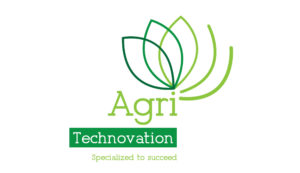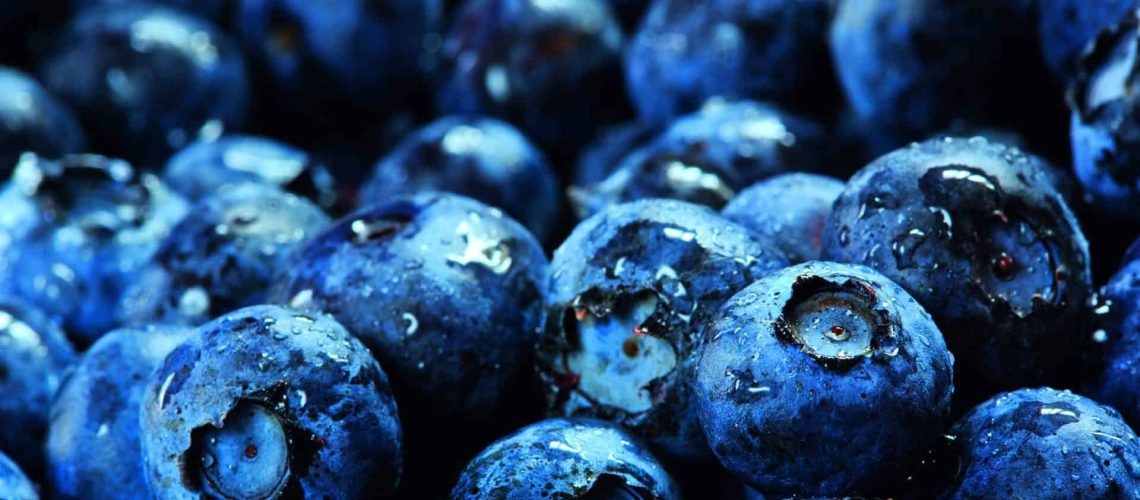Deur Johnny Viviers
Agronomist
Agri Technovation
Blueberries have become a very popular functional food and one of the most widely consumed fruits worldwide because of the unique taste, delicate flavour, high nutritional value, and various other health benefits they offer (Bornsek et al., 2012; Kong et al., 2014).
The Fresh Plaza (2020) reports that South African exports for the current year have increased by 50% in comparison to the previous year – calculating an increase from 8 ton to 12.3 ton. The blueberry export peak is from October until November, during which time 90% of the blueberry yield produced in South Africa is harvested. The United Kingdom and Europe respectively each account for 46% of SA’s blueberry exports (FreshPlaza, 2020).
The South African varieties are selected considering the specific needs, area, and different fruiting windows. The main blueberry groups are Northern/Southern varieties of lowbush blueberries (Vaccinium angustifolium) and cultivated Northern/Southern varieties of high-bush blueberries (Vaccinium corymbosum). Northern/Southern and Rabbiteye blueberries are the most preferred cultivated blueberry species (Routray & Orsat, 2011).
Blueberry cultivation
Blueberry plants require specific soil growing media, giving specific priority to good drainage, internal aeration, and sufficient water holding capacity (Douglas et al., 2017). Soil with a sandy loam texture and organic percentage of 3% or more is ideal. The application of agricultural lime practices may result in the lowering of pH levels, which may lead to certain challenges. Ideally, the pH should be around 4.5 (pH KCl). Depending on climatic- and soil conditions, it could take between 6 – 12 months to lower the soil pH through the use of elemental sulphur (Douglas et al., 2017). Soil pH levels can also be reduced by working composted and untreated pine bark and organic matter into the soil.
Blueberry roots are very shallow and require aeration. The roots are fine, fibrous, and have no root hairs (Prodorutti et al., 2007). Waterlogged sites and sites that have poor drainage or a permeable layer close to the soil surface should be avoided. Raised beds (at a height of 15 cm – 30 cm) can be used if the soil is marginally drained or if the water table is lower than 60 cm (Prodorutti et al., 2007).
Irrigation practices depend on soil type, rainfall, and climate (Berries for Africa. 2020). Blueberries do not require much water compared to other fruit crops, but moisture should be kept at a consistent level. A high level of care must be applied to ensure that young roots do not dry out or become waterlogged. Irrigation during the late summer and early fall will stimulate fruit bud formation, which could increase the yield of the following harvest. Blueberry bushes prefer full sun although they can tolerate partly shaded areas.
During the initial three to four years, pruning practices should be limited, except for the removal of low sideways-growing vegetative shoots that don’t bear any fruit (Berries for Africa, 2020). Older branches must be pruned during winter or after harvest to promote new growth, aeration, and light penetration. To produce the best possible fruit quality, 8 – 12 healthy, upright canes that are younger than 6 years, should be left on the plant. New suckers will grow from the crown each year (Berries for Africa, 2020). Crowding can be avoided, and bushes kept young by leaving the two most healthy and strong suckers on the plant and removing the others through pruning. Typically, Southern Highbush varieties are pruned after harvest while Northern Highbush and Rabbiteye varieties are pruned during winter.

Blueberry development
The blueberry is considered a true berry (Godoy et al., 2008) and exhibits a double-sigmoid growth pattern. Fruit growth typically shows an S-shaped curve. Due to the intensity of blueberry flowering and production periods, seven different physiological phases can be identified: leaf development, shoot development, inflorescence emergence, flowering, fruit development, maturity, and dormancy.
During the initial phase (6 – 8 weeks), rapid cell division takes place, followed by cell enlargement. (Godoy et al., 2008). In the second phase (1 – 6 weeks), berry growth slows down, and seeds start developing. At the end of this period, the skins begin to lose their green colour (véraison). During the final phase, the fruit enlarges to mature size, tissues soften, acidity levels reduce, sugars accumulate anthocyanin (vacuolar pigments that may appear red, purple, blue or black, depending on pH), pigments form and aroma compounds are synthesized. The final stage lasts 5 – 8 weeks. The duration of each phase is cultivar- and climate dependant. Varieties typically supply fruit for a period of 2 – 3 weeks. As a rule, blueberries ripen
60 – 80 days after bloom.
Precision farming
During the different phases, certain physiological changes take place. At each of these stages, the type and specific amount of the different essential nutrients varies. Nu-Test® is specifically developed as an agronomic sap testing technique, for blueberries, to improve the level of precision that allows for swift fertiliser adaption and nutrient balancing during the various physiological phases. The typical Nu-Test® sampling intervals (with up to twenty shoots at a specific sampling time) as per growth stage in comparison to the stage’s crucial nutrient(s) demand, are summarised in Table 1.
The agronomist may request an early sample during the shoot phase for diagnostic purposes; the primary objective is to identify calcium and magnesium shortages. The analyses can often indicate early season nutrient deficiencies ascribed to insufficient macronutrient uptake due to a low soil and fertilizer combination.
Agri Technovation developed specialized products such as Calsinator® and Magnesium to perform® to address applicable deficiencies.

For more information contact Agri Technovation on +27 21 300 0543 | info@agritechnovation.co.za or visit www.agritechnovation.co.za





